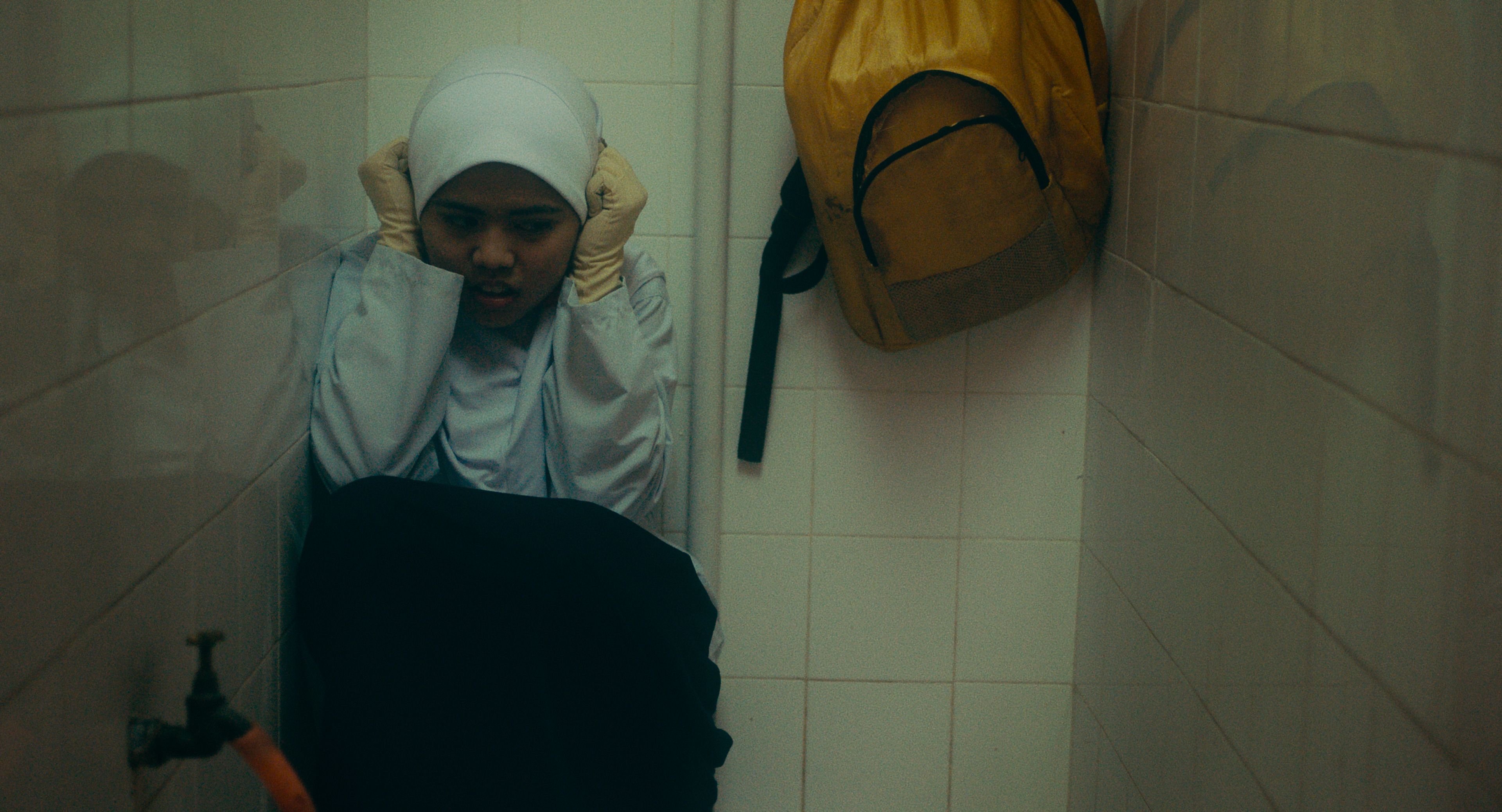The Big Picture
-
Tiger Stripes
uses body horror to emphasize the struggles of puberty in a heartwarming yet gross way. - The film’s allegorical approach to adolescence explores societal issues through transformation.
- While the film may suffer from predictability and pacing issues, the heartwarming ending makes it a must-watch.
Coming of age is about discovering your unique qualities and waving your freak flag high. But how freaky can that really get? It stands to reason that plenty of adolescent-inspired stories would dip their toes in some reasonably freakish content, but Tiger Stripes takes things to a whole other level. Last year’s international indie horror scene witnessed the release of some exceptional foreign-language films that deal with coming-of-age themes, with French-Canadian films Red Rooms and Humanist Vampire Seeking Consenting Suicidal Person both tackling the subject in completely opposite ways. But it’s one unlikely debut from Malaysia that takes the cake for the most outrageous approach yet.
The Malay-language film Tiger Stripes is the feature-length directorial debut of Amanda Nell Eu. The writer-director’s prior works include the 2017 short film It’s Easier to Raise Cattle, which follows two teenage outcasts in a remote village, one of whom experiences violent, monstrous changes; a clear enough allegory from its premise alone. Nell Eu’s films often utilize the body horror genre to tell a coming-of-age story, to surprisingly sweet and heartwarming results… despite their disgusting imagery and prosthetics of course! In the case of her feature debut, the story follows 11-year-old Zaffan (Zafreen Zairizal) as she experiences changes to her body that might be more than just puberty.
What Is ‘Tiger Stripes’ About?
Tiger Stripes begins as a slice-of-life window into the world of three Malaysian schoolgirls. Realism oozes from the film as its 11-year-olds enjoy TikTok dances by the river, and often face scorn from their conservative parents for shedding their modest school uniforms and hijabs. Enjoying their youth without a care in the world, they watch a viral video of a tiger terrorizing a local village, which not only relates to the film’s title, but foreshadows things to come. As the first of her friend group to get her period, Zaffan goes from being popular among her like-minded friends to being talked about much like the viral videos of tigers who terrorize local villages. Farah (Deena Ezral) in particular, begins to turn Mariam (Piqa) against Zaffan, causing Zaffan to see her transformation as something more monstrous than normal.
Some good comes from Zaffan’s recent changes, including becoming exempt from paying traditional respects to her teachers as elders. But this only leads to more resentment from Farah. Eventually, Zaffan loathes these bodily changes, seeing them as heightened and unnatural. Like most teenagers, she notices whiteheads appear on her face, and hair growing on her lip, but given Farah’s animosity, these rites of passage present themselves more grotesquely. Zaffan’s fingernails fall out, as do her toenails, soon to be replaced by tiger-like claws. These practical effects might not look as convincing as you’d hope, but the gross factor does plenty of heavy lifting. Eventually, Zaffan becomes a freak not just in the eyes of her friends, but of the whole town, gossiped about much like the tiger in the viral video.
What Is ‘Tiger Stripes’ Really About?
Recently, the term “elevated horror” has settled into the zeitgeist, although many would argue horror has always been elevated. It refers to movies that use their heightened horror as an allegory to explore more grounded and relatable social commentary. 2020’s The Invisible Man is essentially about domestic abuse, The Witch is about misogyny, and Get Out is about ‘the post-racial lie’. Likewise, Tiger Stripes uses Zaffan’s metamorphosis to show how something as natural as puberty can make someone feel when they are alone in experiencing it. Her friends’ Lord of the Flies-style campaign against her is emphasized in the plot, imagining that she actually becomes a tiger, feared by even the village’s adults and physicians.
Zaffan’s Kafkaesque experience begins by showing grounded puberty-related changes to make her transformation an empathetic and universal experience. Whether it’s intended to be taken literally or otherwise, Tiger Stripes‘ eventual metamorphosis into a creature feature sees Zaffan embrace the modest school uniform and hijab that she had originally shed, and hide her features in order to fit in. She is cursed with bodily shame, something she hadn’t previously experienced that she took for granted as a child. She is ostracized by her contemporaries, displaying how this period of adolescence can make certain girls feel. It’s telling that all it takes for Zaffan to return to her human form is the girls’ change of perspective. This is where the film’s poignancy takes flight.
‘Tiger Stripes’s Heightened Depiction of Puberty Deserves Praise
Once its premise is established, the film’s second half does admittedly suffer from predictability and a slow pace, but eventually it comes back around to a redeeming finish, just as heart-warming as it is grotesque. Somehow, this skin-crawling body horror succeeds in making a young girl’s smile into a reveal that the audience didn’t know they were holding out for until we get it at the end. The relief felt when Zaffan is allowed to return to her happy self from the beginning proves to its audience just how torturous it was to see the film’s events through Zaffan’s own eyes. This bold feature debut refuses to shy away from gore, social commentary, or a heartwarming ending for its characters. Its rough visual effects occasionally rob the film of its down-to-earth quality, but it always quickly recovers, reminding audiences that it’s the film’s heart that matters. Tiger Stripes is not one to miss.

REVIEW
Tiger Stripes (2023)
Tiger Stripes reminds us that pubescent confusion can be the scariest thing of all.
- Despite its limited special effects, Zaffan’s Kafkaesque transformation does well to put the viewer in her shoes… or paws.
- Amanda Nell Eu’s homegrown Malaysian movie reminds us why genre is the best way to tell a mundane human story.
- Once its premise is made clear, the film suffers from its slow pacing, as we wait to be shown what we already expect is coming.
Tiger Stripes is now available to stream on VOD in the U.S.
WATCH ON VOD


